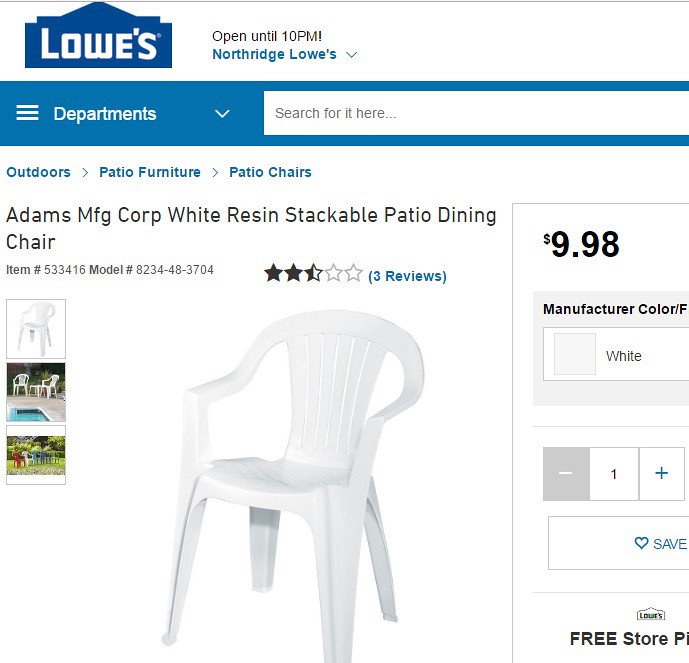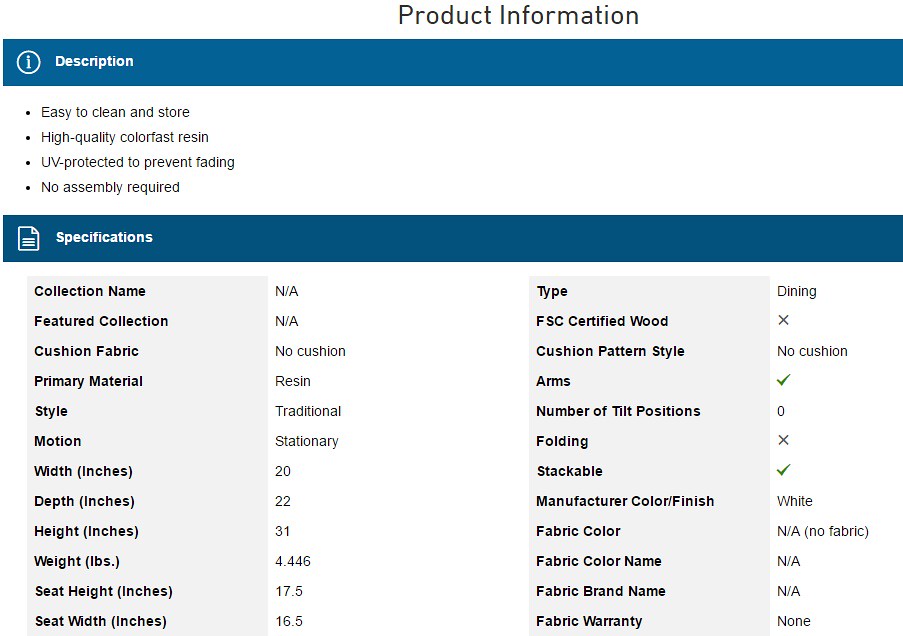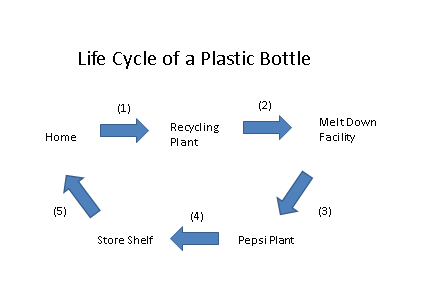More than two million tonnes of plastic bottles a year are made by the biggest soft drinks companies.But the amount of plastic used that comes from recycled sources is a miserly 6.6 per cent.The figure is an underestimate of how much plastic is created as the world’s biggest soft drink firm, Coca-Cola, did not participate in the study.
Wow! That is a gross failure to recycle plastic that could potentially end up in the ocean and other waterways. Further, which can pollute by breaking down into smaller pieces to be ingested by marine life and end up on our sea food platters -- What? You get my point. If the tremendous amount of plastic is not recycled, then the waste has to be discarded some where.
The author starts the article with the startling figure of plastic bottles -- which is startling to say the least. Although, further down in the article, the amount of plastic generated is increased to 3.6 million tons by taking into account other types of plastic. I had an enormous amount of time wrapping my head around these numbers after first reading them. Therefore, to understand them more completely, I thought that a little dimensional analysis might untangle the extraordinary numbers. Below is the result.
Plastic Chairs
In order to understand the enormous number cited in the article -- 3.6 million tons of plastic each year, a metric needs to be used to put this enormous number into perspective. Initially, the article stated that nearly 2 million tons of plastic bottles are not recycled. That number increased to 3.6 million tons of plastic including other plastics besides just soda bottles. If a calculation is performed using 3.6 million tons, then 2 million tons will be less than the result. Therefore, both numbers will be brought into perspective by viewing the total number of stadium seats which could be filled.
To start with, the metric which will be used is the plastic chair shown below from Lowe's hardware store:
Source: Lowe's
Shown above is the advertisement for a monoplastic plastic chair. The questions which we are answering is shown below:
How many plastic chairs could be made using 3.6 million tons of plastic?
How many stadiums could be filled with those plastic chairs?
To start answering the above questions, the weight of the plastic chair needs to be determined. If we refer to the advertisement taken from the webpage and shown above, if you scroll down the webpage, more options about the product being sold (plastic chair) will appear. After selecting "specifications" the properties and dimensions of the plastic chair appear and are shown below:
Source: Lowe's
From the specifications listed above, each chair weighs 4.44 pounds. To determine the number of chairs which could be made with 3.6 million tons of plastic, a simple division of two numbers needs to be carried out. At this point, we pause to compare the 'units' on the two values to be divided.
The total amount of plastic is expressed in 'units' of 'tons' whereas the weight of each plastic chair is expressed in 'units' of 'pounds'. A conversion of units is needed for one of the two values. Either the value for the weight of a chair could be converted to units of 'tons'. Or the value of the total weight of the plastic could be converted to units of 'pounds'. Regardless, after dividing the two values expressed in the same units of measurement will give the total number of chairs which could be made.
I chose the first unit conversion. In order to carry the conversion of units out from 'tons' to 'pounds', the conversion factor needs to be known. In order to find out the conversion factor, a search engine can be used -- such as Google.com. Type in the following question: How many pounds are in a ton?
The following answer will appear as shown below:
There are 2000 pounds in a ton. Now the conversion is possible as shown below:
There are 7.2 billion pounds in 3.6 million tons. Now the number of plastic chairs can be determined by dividing 7.2 billion pounds by 4.44 pounds as shown below:
The result of the above division shows that a total of 1.6 billion plastic chairs could be made from 3.6 million tons of plastic. And this is just one year of plastic that ends up in the oceans or in landfills which takes thousands of years to break down.
How Many Superdomes Could Be filled?
The calculation of the total amount of plastic chairs which could be made with 3.6 million tons was performed rather easily in just two steps. Although the result seems rather simple is an enormous number. Trying to visualize 3.6 million tons is difficult enough, how would a person go about the process of processing the volume of 1.6 billion plastic chairs. One method might be to use a picture of a large crowd of some sort and then express the value in multiples of the that crowd.
For instance, a crowd of a million people might be used as a metric. If this were the case, then the answer would be to divide 1.6 billion chairs by 1 million people and the result would be that -- 1,600 crowds could be seated. Again, a little difficult to set into perspective.
How about a commonly used metric on this site -- the Mercedez Benz Superdome?
The exterior of the Mercedez Benz Superdome is shown below:
Source: Wikipedia
And the interior of the Mercedez Benz Superdome is shown below:
Source: Wikipedia
In order to set into perspective the enormous amount of chairs from the calculation above (1.6 billion chairs), each of us will need to imagine replacing each chair in the stadium by a plastic chair shown above from Lowe's hardware store. Next, the total number of seats in the Superdome needs to be determined to complete the final calculation.
If the "Wikipedia" page is consulted for the Mercedez Benz Superdome, the total seating capacity is stated as 76,468 seats (for a football game). Just as the calculation was straightforward for the number of crowds which could be seated, the same is true for determining the number of stadiums with the value of the total seating capacity. The calculation is carried out by dividing the total number of plastic chairs (1.6 billion) by the total number of seats (76,468) in the Superdome as shown below:
According to the result, a total of 21,000 Superdomes would be needed to house 1.6 billion plastic chairs -- WOW!
Conclusion...
That is a huge number of stadiums to be filled with the total amount of plastic that is generated annually. And that is just one year. Imagine if the problem is compounded (ignored) for ten years. It is no wonder why there is a large 'Great Pacific garbage patch' in the ocean which mainly consists of plastics which have migrated from various parts of the world. Each of us should be mindful of our purchases. This is the first step. Further, each of us should demand that manufacturers consider the lifetime cycle of each plastic bottle.
In a previous blog post, I wrote about the life cycle of a soda bottle. The life cycle is shown below:
Manufacturers previously thought that once the product left the warehouse after purchase, then the waste was another businesses problem to deal with down stream. As the world is becoming more sustainable, so are the requirements on manufacturers (which is good). Now, each manufacturer must consider the end of life destination for their products. As a result of the new requirement, less plastic will end up in either landfills or oceans.
Until next time, have a great day!









No comments:
Post a Comment